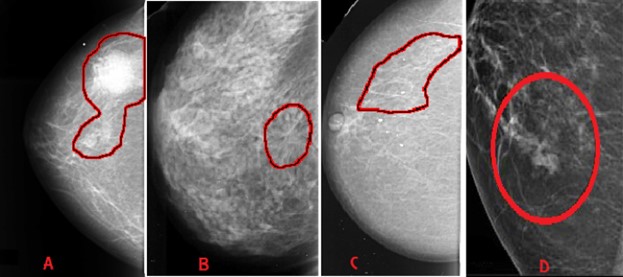A client on a prescribed medication for a skin disorder visits the clinic complaining of a skin rash. Which of the following would explain the client's condition?
Drug allergy.
Heat stroke.
Hormone change.
Suntan.
The Correct Answer is A
drug allergy. A skin rash is a common symptom of an allergic reaction to a medication, and a drug allergy can occur at any time during drug therapy. A drug allergy may be due to an immune response, causing the immune system to overreact to a medication that it identifies as harmful to the body. The symptoms of a drug allergy may include a rash, hives, itching, or difficulty breathing. It is important for the nurse to determine which medication the client is taking and if the client has a history of allergies.
Heat stroke (B) occurs when the body is exposed to high temperatures, leading to symptoms such as high body temperature, confusion, and loss of consciousness. Hormone changes (C) can cause various changes in the body but do not usually cause skin rashes. A suntan (D) is a reaction of the skin to ultraviolet light and is not a cause of a skin rash.
Nursing Test Bank
Naxlex Comprehensive Predictor Exams
Related Questions
Correct Answer is B
Explanation
. A biopsy is a procedure in which a sample of tissue is removed from the suspicious area and examined under a microscope to determine if the lump is cancerous or benign. An ultrasound uses sound waves to create an image of the breast tissue and is often used to evaluate the lump further. A clinical breast exam is a physical examination of the breast by a healthcare provider. Magnetic resonance imaging (MRI) may be used to obtain additional information about the lump, but it is not the primary diagnostic test.

Correct Answer is A
Explanation
Increased pulse rate, adventitious breath sounds. Guillain-Barré syndrome (GBS) is a rare autoimmune disorder that affects the peripheral nervous system. It can cause weakness, paralysis, and difficulty breathing. Increased pulse rate and adventitious breath sounds, such as crackles or wheezes, may indicate that the client is experiencing respiratory distress and needs oral suctioning. Increased pulse rate and respirations of 16 breaths/minute, choice B, may indicate anxiety or pain but are not necessarily indicative of the need for oral suctioning.
Whether you are a student looking to ace your exams or a practicing nurse seeking to enhance your expertise , our nursing education contents will empower you with the confidence and competence to make a difference in the lives of patients and become a respected leader in the healthcare field.
Visit Naxlex, invest in your future and unlock endless possibilities with our unparalleled nursing education contents today
Report Wrong Answer on the Current Question
Do you disagree with the answer? If yes, what is your expected answer? Explain.
Kindly be descriptive with the issue you are facing.
